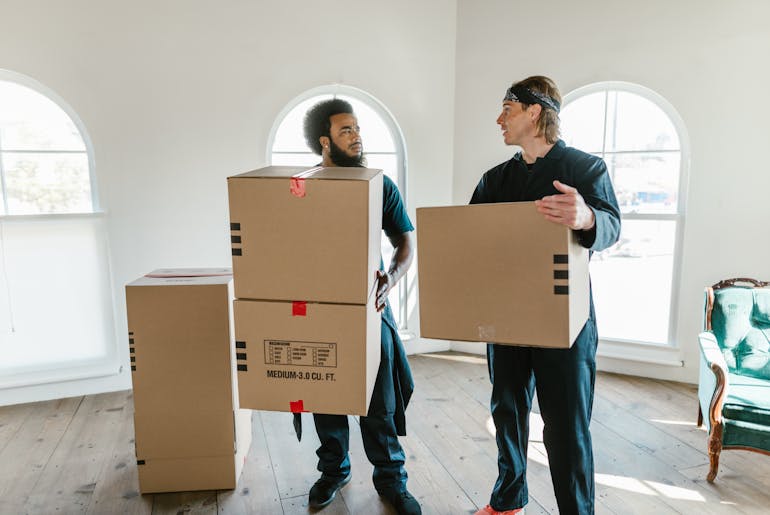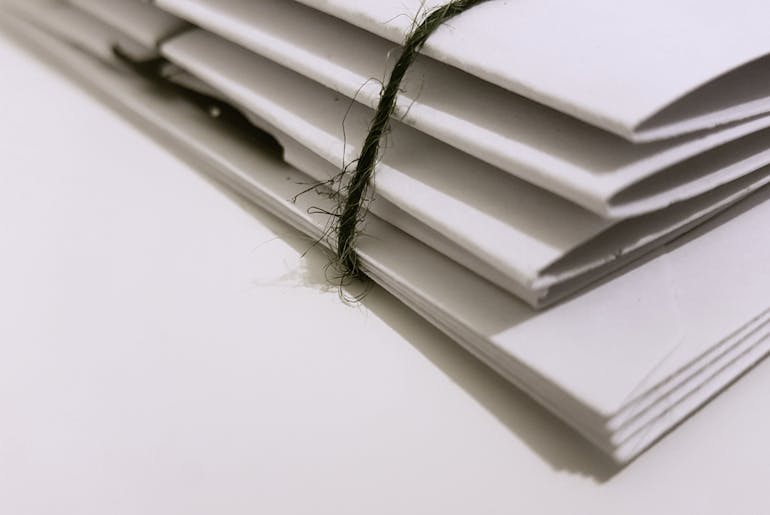Relocating rare antiques or valuable collectibles can feel stressful. Some worry about scratches or theft. That is why relocating luxury items needs extra steps. Some people own heirlooms, while others have fine artworks. Each requires careful packing. You might also need specialized crates or added insurance. These details help preserve your items’ value. Many seek guidance from A2B Moving and Storage when they prepare for complex moves. Their crews handle items that demand special care. Still, you must plan well. Start by listing each item. That list helps you track condition and worth. Think about temperature or humidity, too. Fragile pieces can warp if stored under poor conditions. Good organization and the right team can protect your prized possessions.
Preparation tips
Any big move needs solid prep work. Luxury belongings demand extra attention. Begin by cleaning each item. Look for dents, scratches, or loose parts. Write these details down. Photos also help you prove prior conditions. That comes in handy if damage occurs. You should gather the right supplies. Acid-free paper preserves fabrics or artwork. Thick foam cradles delicate pieces. Ask residential movers Washington DC about recommended crate sizes. Proper packing materials prevent harm during long rides.
Importance of an experienced moving company
Collectors often pay thousands for a single item. These pieces cannot just go in ordinary boxes. That is why you must pick movers who know relocating luxury items. They manage packing, loading, and transit with precision. They also prepare for tricky conditions, such as bumpy roads or tight stairwells.

Look into piano movers Northern Virginia if you have delicate instruments. That team can handle the weight of large items while keeping them stable. Experienced staff come with the right equipment. They use ramps or dollies to prevent drops. They also follow best practices for fine antiques. A random mover might not have this skill. Testimonials from past clients hint at how well they treat breakable goods.
Why standard movers may not be sufficient
Every day teams handle couches and boxes of clothes. They might not know how to protect a vintage painting or a rare clock. You may need upgraded insurance for truly expensive goods. That coverage goes beyond generic policies. Standard movers typically offer basic plans. If a $15,000 sculpture breaks, the policy might cover only a fraction. You can lose money fast. Temperature control may also be an issue. Fragile art could crack if left in a hot truck. Standard movers often skip climate features.
Insights into packing and handling valuables
Some pieces need layered foam or acid-free tissue. Others require wood crates built to exact measurements. Relocating luxury items calls for labeling each box with big warnings. That includes “Fragile” or “Keep Upright.” This guides movers on proper handling. People with rare china often wrap each plate separately. They stand plates on the edge to reduce stress. Double-boxing can help. Start with a snug inner box, then place that inside a larger box with padding around it. This absorbs shocks if the truck hits potholes. Also, seal boxes with sturdy tape. If an item is a weird shape, talk to packaging experts.
Storage solutions for valuables
Some relocations require short or long-term holding. That might mean climate-controlled units. Wine or paintings often demand stable temperatures. If they shift too much, wine can spoil or canvas can warp. Facilities like storage services MD offer advanced security systems, too. High-end storage secures valuables behind coded gates and 24-hour cameras.

Moisture also damages certain materials. Real wood can swell, and fabrics might mold. That is why humidity controls matter. Inspect the space before signing a contract. Look for signs of water leaks or pests. Also, ask about staff protocols. Do they check alarms daily? Do they log who enters? This information helps you trust that your items stay safe until you retrieve them.
Document appraisals and insurance
Collectors often guess values, which leads to underinsured items. A formal appraisal by a professional is best. They evaluate antiques, jewelry, or art. They issue written reports with current market prices. Keep both digital scans and physical copies. These help if you file a claim. Accurate documents speed up insurance processes.
Review your insurance policy each year. Some pieces might increase in value. If the coverage remains outdated, you risk losing money. Also, check if your provider requires special clauses for fine art. Not every plan covers accidental damage. You do not want to discover gaps after a mishap. A quick call to your agent ensures you stay protected.
Be mindful of customs and regulations
Some owners move goods across borders. Others relocate exotic materials or antiques and various laws may apply. Certain historical artifacts need permits. Endangered animal products, like ivory in older pianos, face special restrictions. Failing to comply with these rules can lead to fines or item seizures. Check official websites for the region you plan to enter. They list banned or regulated materials. If you do not see your category, call to confirm. Also, talk to your moving crew about any forms or taxes.

Plan your unpacking strategy
Some get excited once the truck pulls up. Yet, ripping open crates too fast causes mistakes. Start with your most fragile or valuable items. Inspect them for damage. Immediately note issues to begin insurance claims if needed. Then move to simpler things like furniture. Place them in the right spots right away. Assess your floor’s weight capacity if you have huge items. Some older buildings cannot hold extra-heavy antiques. You might need specialized stands or reinforcements. If you took pieces apart for shipping, you must rebuild them.
Relocating luxury items is never simple
Moving fancy possessions is never simple. Each step, from selecting the right mover to choosing climate-controlled storage, protects your investments. Relocating luxury items demands more than basic boxes. You need custom crates, specialized insurance, and a plan for safe unpacking. Any oversight can cost you dearly. That is why careful research is worth the time. Skilled crews use proven techniques to safeguard collectibles. They also guide you on climate or security requirements. With the right approach, you can transport each treasure intact. Then you enjoy your new home, confident that your valuables made the journey unscathed.


